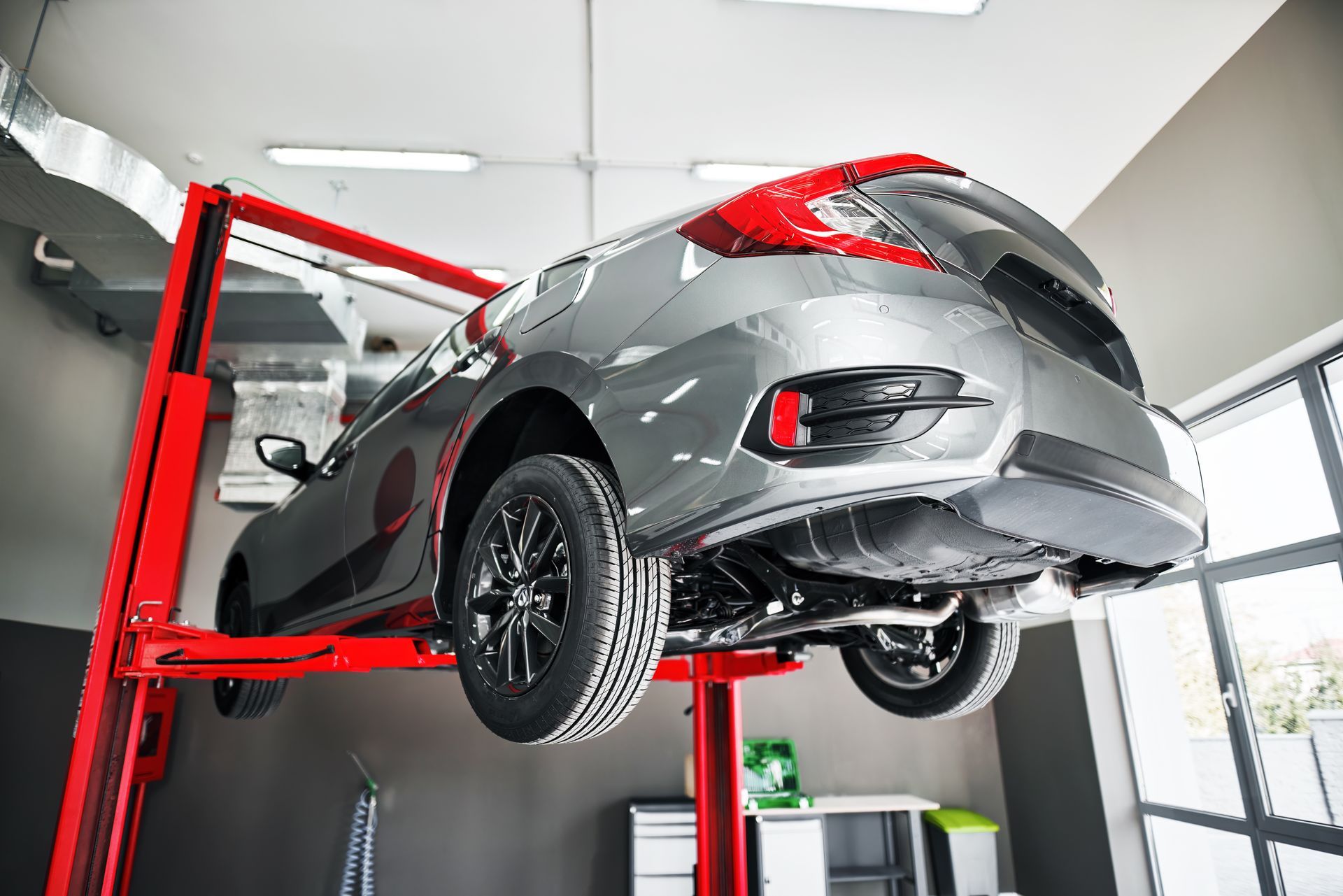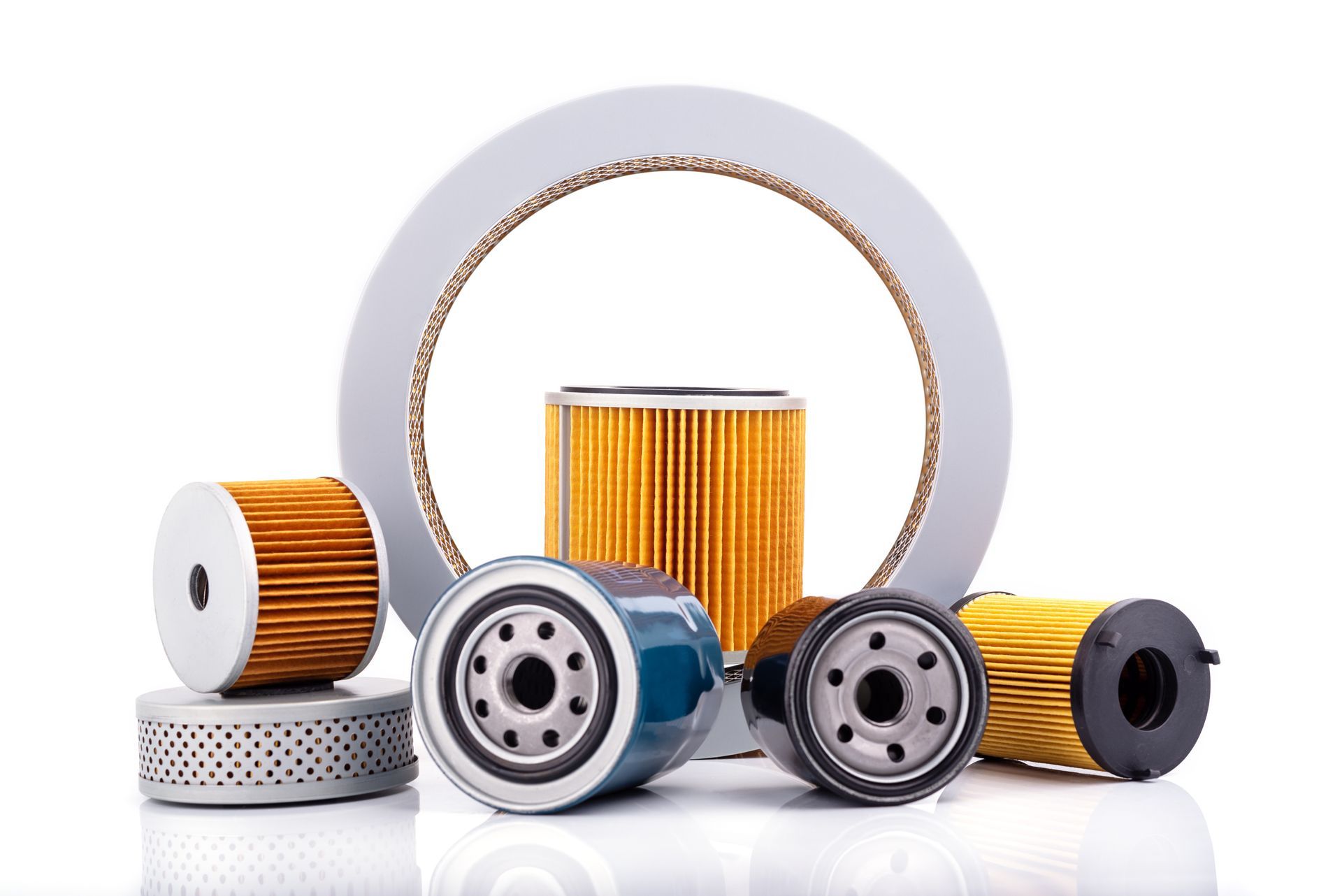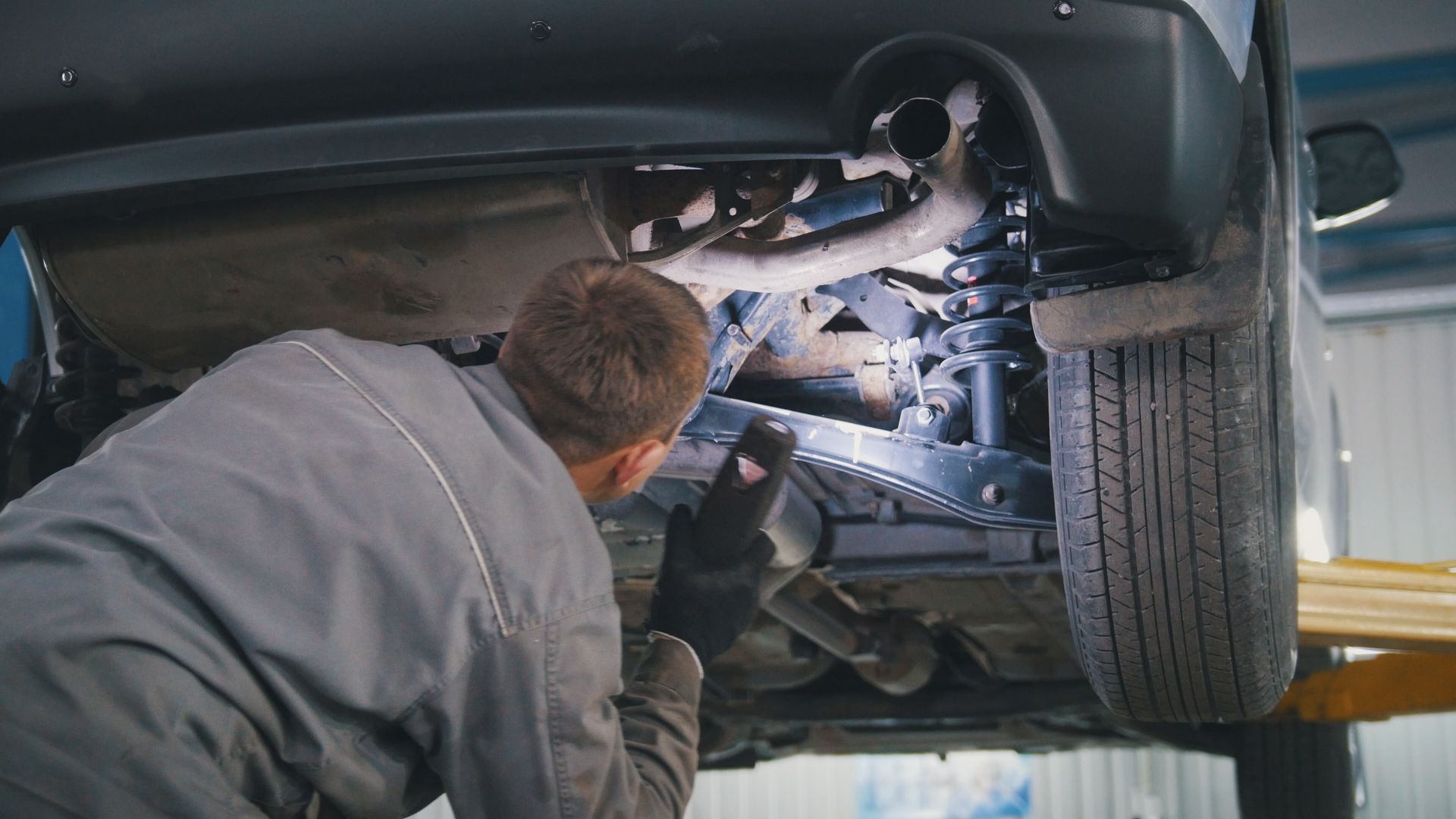Breaking down on the road is never a pleasant experience. Whether you’re on your way to work, on a road trip, or just running errands, a sudden car failure can leave you stranded and frustrated. While some mechanical issues happen unexpectedly, many breakdowns can actually be prevented with routine maintenance and attention to warning signs.
Being aware of the most common causes of roadside breakdowns can help you take action before small issues turn into major problems. Here are eight of the most avoidable reasons cars fail on the road and what you can do to prevent them.
1. Dead or Failing Battery
A dead battery is one of the top reasons cars won’t start. Over time, batteries lose their ability to hold a charge, especially in extreme heat or cold. If your headlights seem dim, your car cranks slower than usual, or your dashboard warning lights flicker, your battery may be on its way out.
To avoid battery-related breakdowns, have it tested at least twice a year, especially before summer and winter. Most car batteries last three to five years, so if yours is nearing that range, it’s best to replace it before it fails unexpectedly.
2. Overheating Engine
An overheating engine can leave you stranded within minutes, and it often stems from a lack of coolant, a bad thermostat, or a malfunctioning radiator fan. If you notice the temperature gauge creeping higher than usual or steam coming from under the hood, pull over immediately and let the engine cool down.
Regular coolant flushes and radiator inspections can prevent overheating. Check your coolant levels monthly, and if you notice leaks or frequent overheating, have a technician inspect your cooling system.
3. Worn-Out or Underinflated Tires
Tires take a beating every day, and improper inflation, worn-out tread, or road debris can all lead to blowouts. A flat tire at high speeds is not only dangerous but also completely avoidable with regular inspections.
Check your tire pressure and tread depth monthly, and rotate them every 5,000 to 7,000 miles to ensure even wear. If you see visible cracks, bulges, or cords showing through the rubber, replace your tires immediately to avoid a roadside disaster.
4. Running Out of Gas
It may sound simple, but running out of gas is a surprisingly common reason drivers get stuck on the road. Many drivers push their fuel gauge to the limit, thinking they have a few extra miles left. However, unexpected detours, traffic jams, or miscalculations can leave you stranded.
To avoid this, never let your tank drop below a quarter full, especially on long trips or in unfamiliar areas. Keeping a full tank also helps protect your fuel pump, which relies on gasoline to stay cool and lubricated.
5. Alternator Failure
Your car’s alternator charges the battery and powers electrical systems. If it starts failing, you might notice dim headlights, flickering interior lights, or strange electrical issues. In some cases, your car may stall entirely while driving.
Alternators typically last five to seven years, so if your battery dies frequently or your electronics act up, it’s worth getting the alternator checked before it leaves you stranded.
6. Ignition System Problems
If your car struggles to start or stalls randomly, a failing ignition system could be the culprit. Spark plugs, ignition coils, and wiring degrade over time, affecting your car’s ability to fire up and run efficiently.
Routine tune-ups and spark plug replacements can prevent ignition-related failures. If your engine misfires or hesitates, don’t ignore it—having it checked early can save you from a breakdown.
7. Transmission Issues
Ignoring small transmission problems can quickly turn into a major breakdown. Slipping gears, delayed shifting, or fluid leaks are all warning signs that something isn’t right. Transmission repairs are costly, but catching issues early can prevent complete failure.
Check your transmission fluid regularly, and if you notice a burning smell, delayed acceleration, or difficulty shifting, have a professional inspect it immediately.
8. Serpentine Belt or Timing Belt Failure
The serpentine belt powers essential components like your alternator, power steering pump, and air conditioning. The timing belt controls the movement of engine valves and pistons. If either one snaps while driving, your engine could suffer severe damage.
Inspect your belts for cracks or fraying, and follow your vehicle’s maintenance schedule for replacements. Most serpentine belts last 50,000 to 100,000 miles, while timing belts should be replaced between 60,000 and 100,000 miles, depending on the manufacturer’s recommendations.
Prevent Breakdowns with Regular Maintenance at Team 1 Automotive
A breakdown doesn’t just disrupt your plans—it can also be dangerous and expensive to fix. The good news is that most roadside failures are preventable with routine maintenance and timely repairs. If you’ve noticed warning signs like slow starts, overheating, or strange noises, don’t wait for the problem to get worse.
Stay ahead of car trouble with expert maintenance from
Team 1 Automotive in Columbia, SC. Call now to book your appointment!




